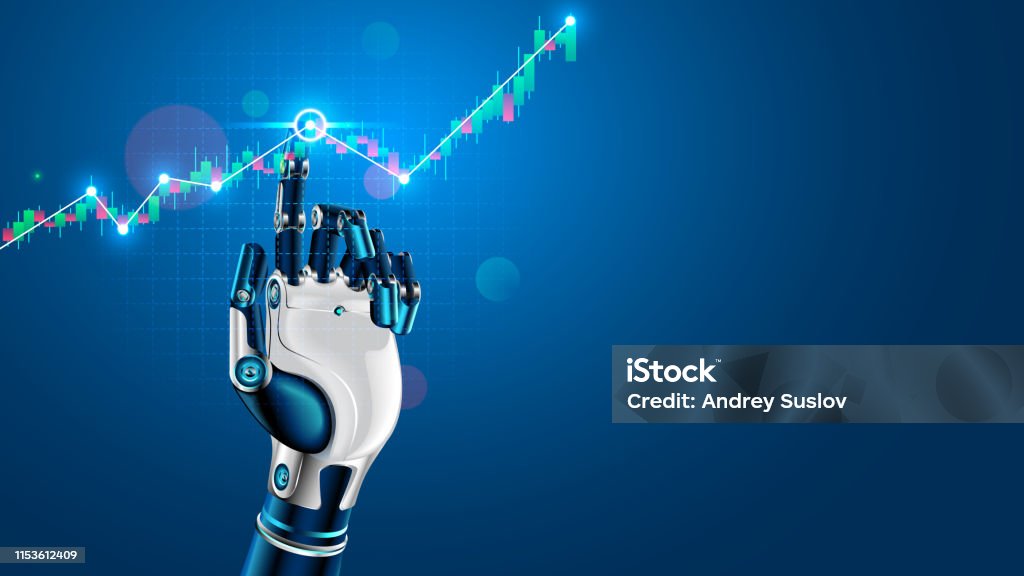The world of design is rapidly evolving, and Artificial Intelligence (AI) is at the forefront of this transformation. AI design tools are no longer futuristic fantasies; they are practical solutions that empower designers, streamline workflows, and unlock unprecedented levels of creativity. From generating unique logos to automating tedious tasks, AI is revolutionizing how we approach design. This blog post explores the exciting landscape of AI design tools, uncovering their capabilities, benefits, and potential impact on the future of design.
What are AI Design Tools?
Defining AI in Design
AI design tools leverage machine learning algorithms to automate design tasks, generate design ideas, and assist designers in making informed decisions. These tools analyze vast amounts of data, learn design principles, and apply this knowledge to create new designs or improve existing ones. In essence, they act as intelligent assistants, enhancing human creativity rather than replacing it.
Key Features of AI Design Tools
AI design tools offer a range of features, including:
- Automated design generation: Generating logos, website layouts, and marketing materials based on user inputs.
- Style transfer: Applying a specific artistic style to an image or design.
- Image enhancement: Improving the quality and resolution of images.
- Content-aware editing: Automatically adjusting design elements based on the surrounding content.
- Predictive design: Suggesting design improvements based on user behavior and preferences.
- AI-powered prototyping: Creating interactive prototypes with AI-driven user experience features.
Benefits of Using AI in Design
Increased Efficiency and Productivity
AI design tools significantly boost efficiency by automating repetitive tasks. For instance, AI can generate hundreds of logo variations in minutes, allowing designers to focus on refining the best options. This frees up valuable time for more strategic and creative work.
Enhanced Creativity and Inspiration
AI can serve as a powerful source of inspiration. By generating novel design ideas and exploring unconventional approaches, AI can help designers break free from creative blocks and discover new possibilities.
Cost Reduction
Automating design tasks and streamlining workflows can lead to significant cost savings. AI-powered tools can reduce the need for manual labor and accelerate project timelines, ultimately lowering overall design expenses. This can be particularly beneficial for small businesses and startups with limited resources.
Improved Design Quality
AI algorithms are trained on vast datasets of design best practices. This enables them to identify and suggest design improvements that can enhance the overall quality and effectiveness of designs.
Accessibility for Non-Designers
AI design tools are making design more accessible to individuals without formal design training. User-friendly interfaces and intuitive features allow anyone to create professional-looking designs, regardless of their skill level.
Popular AI Design Tools
Logo Generators
- Looka: A popular AI-powered logo maker that generates unique logo designs based on user inputs like company name, industry, and preferred style.
- Tailor Brands: Another excellent logo generator that creates logos, brand identities, and online presence tools using AI.
Web Design Tools
- Figma AI: Figma now integrates AI features such as generative fill, text summarization, and style generation to streamline the design process.
- Uizard: Uses AI to transform hand-drawn sketches or wireframes into fully interactive prototypes. It automates the design process from concept to interactive prototype.
- The Grid: An AI-powered website builder that automatically designs and builds websites based on user-provided content.
Image Enhancement Tools
- Let’s Enhance: Uses AI to upscale and enhance images, improving their resolution and clarity.
- Topaz Photo AI: Automatically enhances image quality, removes noise, and sharpens details using AI-powered algorithms.
Content Creation Tools
- Jasper.ai: AI writing assistant that can help generate marketing copy, website content, and social media posts. It assists designers in creating compelling content to accompany their visuals.
- Simplified: An all-in-one marketing platform with AI-powered design and content creation tools.
Ethical Considerations and Future Trends
Addressing Bias in AI Design
It’s crucial to be aware of potential biases in AI algorithms. AI models are trained on data, and if that data reflects existing biases, the AI will perpetuate them. Designers must actively work to identify and mitigate these biases to ensure fair and inclusive designs.
The Evolving Role of Designers
As AI takes on more routine tasks, the role of designers will evolve. Designers will need to focus on higher-level strategic thinking, creative problem-solving, and user experience design. They will become more like curators and facilitators, guiding the AI and ensuring that it aligns with human values and business goals.
Future Trends in AI Design
- Increased personalization: AI will enable hyper-personalized designs tailored to individual user preferences.
- Real-time design collaboration: AI will facilitate seamless collaboration between designers, clients, and stakeholders.
- Generative AI advancements: We can expect more sophisticated generative AI models capable of creating increasingly complex and realistic designs.
- AI-powered accessibility: AI will play a crucial role in creating more accessible and inclusive designs for users with disabilities.
Conclusion
AI design tools are revolutionizing the design landscape, offering unprecedented opportunities for efficiency, creativity, and accessibility. While ethical considerations and the evolving role of designers must be addressed, the benefits of AI in design are undeniable. By embracing these powerful tools and adapting to the changing landscape, designers can unlock new levels of innovation and create exceptional user experiences. As AI technology continues to advance, we can expect even more exciting developments in the world of design.




